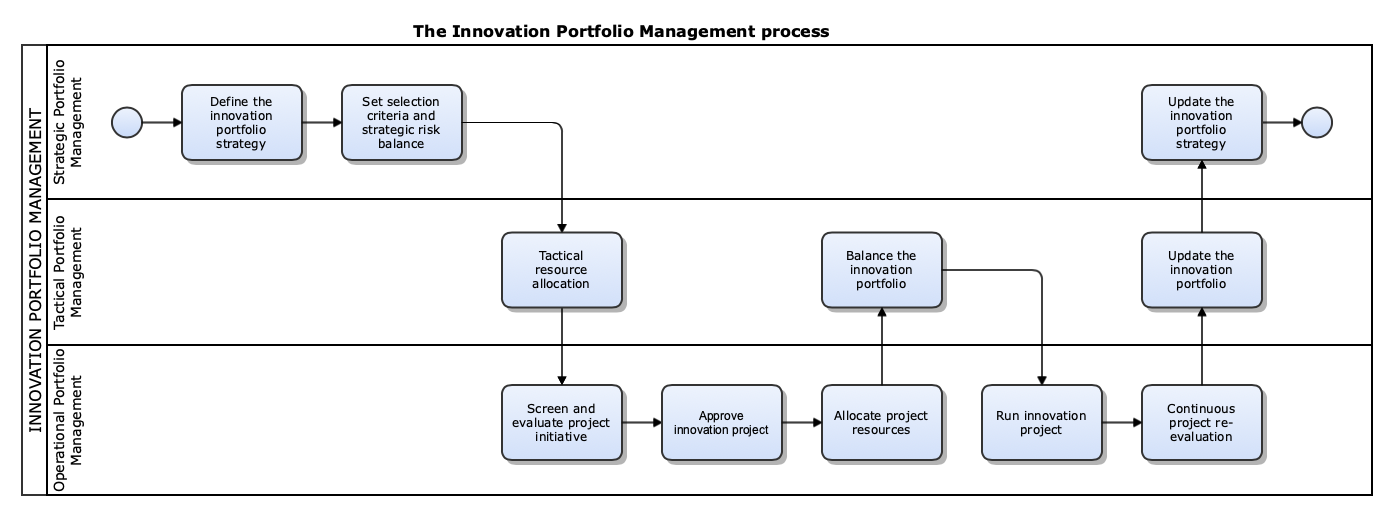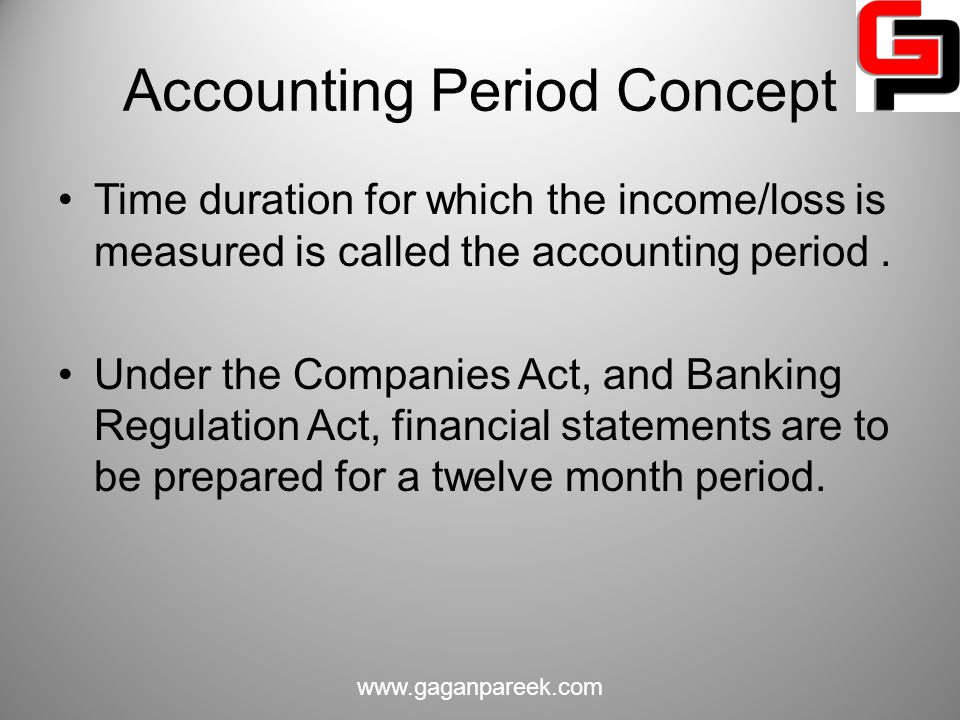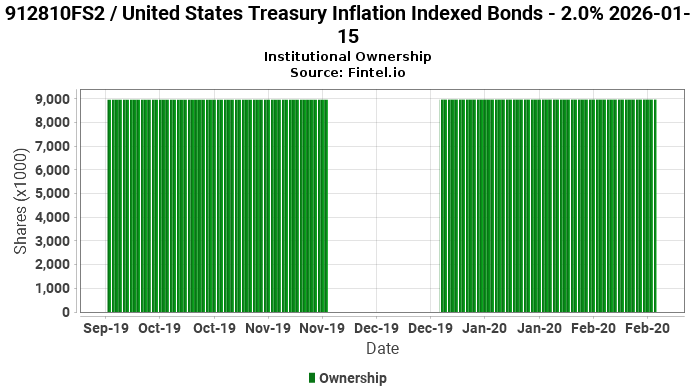






○夢んぼ本部
〒496-8014
住所:愛西市町方町大山田61番1
Tel:0567-25-5913
Fax:0567-55-8120
○第2夢んぼ
〒496-8014
住所:愛西市町方町大山田61番1
Tel:0567-28-1070
Fax:0567-28-1070
○ソーシャルセンター夢んぼ
〒490-1304
住所:稲沢市平和町法立十一丁31番地4
Tel:0567-69-5586
Fax:0567-69-5587
○ワークステーション夢んぼ
第2ワークステーション夢んぼ
〒496-8014
住所:愛西市町方町松川70番地1
Tel:0567-55-7456
Fax:0567-55-7458
○ライフステーション夢んぼ
〒496-8014
住所:愛西市町方町大山田62番1
Tel:0567-31-7811
Fax:0567-31-9171
○ハビリテーションセンター夢んぼ
〒496-8014
住所:愛西市町方町大山田86番地
Tel:0567-69-4448
Fax:0567-69-4446
○青空ヘルパーステーション
〒474 0035
住所:大府市江端町二丁目80番地2F
Tel:0562-74-8883
Fax:0562-74-8884


Businesses should keep an eye on their average collection period for a few reasons. Analysis of holding period is an important aspect while sanctioning working capital facilities in Banks. In this article, we have discussed how holding periods are calculated and analysed for stocks, receivables and creditors. It measures the average number of days it takes a company to collect a receivable.
A shorter average collection period (60 days or less) is generally preferable and means a business has higher liquidity. Average collection period is also used to calculate another liquidity measure, the receivables turnover ratio.
Also, companies may compare the average collection period with credit terms offered to customers. If invoices are issued with a net 30 due date, an average collection period of 25 days is less concerning. When analyzing average collection periods, keep in mind the seasonality debtors collection period formula of accounts receivable balances. When comparing a peak month to a slow month, the average accounts receivable balance may be skewed. In the formulas above, average accounts receivable is calculated by averaging the beginning and ending balances of a period.
It measures how effectively a company’s management controls its receivables. The receivables turnover ratio is determined by dividing the net credit sales by average debtors. Therefore, analysts, buyers and creditors have to see subsequent figures to assess a company’s progress toward reducing debt. In addition, the kind of industry by which the company does business affects how debt is used, as debt ratios range from business to trade and by particular sectors. For example, the common debt ratio for pure fuel utility firms is above 50 %, while heavy development corporations average 30 % or less in property financed through debt. Thus, to find out an optimum debt ratio for a specific firm, it is important to set the benchmark by preserving the comparisons among rivals.
At the same time, dramatic declines in the allowance for unhealthy debts might point out that the enterprise’s administration has had to write off portions of their accounts receivable altogether. Lastly, a low receivables turnover may not essentially point out that the corporate’s issuing of credit and amassing of debt is lacking. It is a liquidity ratio and high accounts receivable turnover ratio which indicates better liquidity.
Therefore, it helps the creditors decide whether the organisation will be able to honour their payments on the due date. Of the company is high, it shows that the collections are made quickly, and the amount of receivables or debtors is converted into cash or the payments are received rapidly. It also says that the company follows a short-term credit policy, and there are fewer days between the date of sale and receiving money. There are a few ways in which a company can improve its average collection period.
Preferred dividends are deducted from net income to get the earnings available to common stockholders. A low average payment period indicates enhancing the creditworthiness of the company. A low gearing ratio represents preference share capital and other fixed interest bearing loans are less than equity share capital. The numerator of this ratio consists of all debt, short term as well as long term, and the denominator of this ratio is the total of all assets . While customer retention is important, if a customer is constantly paying you late despite repeated reminders and penalties, you may have to re-evaluate your business ties with them.
Consequently, it is better to compare the company ratio with competitors and industry ratio. In Debt collection efficiency is determined by this statistician period has a variety of uses and communicates a variety of important data. It measures the annual value of dividends received relative to the market value per share of a security. It is the total amount of dividends attributed to each individual share outstanding of a company. It indicates how much money a company makes for each share of its stock.
Setting stricter credit terms can limit the number of days an invoice can be outstanding. To increase cash sales, it may also limit the number of clients it offers credit. Also, early payment discounts can be offered (e.g., 2% off if paid within 10 days). A company’s average collection period is calculated by dividing its average receivable balance by its net credit sales for a given period and multiplying the result by 365. The average collection period is the amount of time it takes for a business to receive payments owed by its clients in terms of accounts receivable . This ratio points out the liquidity of trade debtors, i.e., higher the ratio and shorter debt collection period indicate prompt payment by debtors.
The debtor collection period ratio is calculated by dividing the amount owed by trade debtors by the annual sales on credit and multiplying by 365.
A lower or decreasing one shows that a company can collect cash easily from its customer and can use this cash for continuous operations. It helps the company to increase its liquidity, efficiency and cash flow. The management may choose to grant a short-term credit facility to its clients to increase the organisation’s liquidity. Credit sales are the total amount of goods or services sold or supplied on credit by a business to its consumers. The AR turnover ratio depends on which industry your business belongs to. Depending on the industry, you can assess what’s best for your business.
Most organizations nonetheless report all services at their traditional and customary costs , and make adjustments when posting the payments. Then the balance in the account is lowered by the fee, the adjustment because of contractual allowances, sliding scale discounts or other components. The average assortment period can be referred to as the days’ gross sales in accounts receivable. As such, the beginning and ending values chosen when calculating the common accounts receivable should be carefully chosen so to accurately reflect the company’s performance.
He writes about personal finance, income tax, goods and services tax , company law and other topics on finance. A short ACP indicates that the credit policy of the company is effective and it manages customer effectively. The time it takes to recover an outstanding debt will be reduced as a result of the improved credit policies. Holding period of raw material in months is measured by the Average stock of RM divided by RM consumption multiplied by twelve.
Accounting reporting tools can automate a company’s average receivables over a given period by factoring in daily ending balances. An alternative method of calculating the average collection period is to divide the number of days in a period by the turnover rate of receivables. A ratio of days sales receivable is also defined as the formula below.
This is also referred to as the efficiency ratio that measures the company’s ability to collect revenue. It also helps interpret the efficiency in using a company’s assets in the most optimum way. A excessive receivables turnover ratio may also point out that a company operates on a cash foundation.
Around 2 is generally considered to be good and varies industry to industry. Results can be particularly misleading when the chosen period spans over a significant period, say 6 months or a year. A better option would be to calculate the ratio for each month in a 12-month period to avoid any misrepresentation of data due to seasonal gaps.
The receivables turnover ratio measures the efficiency with which a company collects on their receivables or the credit score it had extended to its prospects. Having a higher average collection period is an indicator of a few possible problems for your company. From a logistic standpoint, it may mean that your business needs better communication with customers regarding their debts and your expectations of payment.

The median DSO for the machinery industry is 57 days, while that for the metals and mining industry is 32 days. Without cash collections, a company will go bankrupt and lack the liquidity to pay its short-term debts. Creditors payment period is the period within which the creditors are paid. This is the credit period allowed to an entity by its creditors from where raw material is purchased. Thus, the receivables turnover ratio, like any other business metric, has some caveats. Company management should know how to use it and how to perceive the data from such measurements.
The bankers who appraise the working capital limits shall decide the working capital on the basis of maximum operating cycle tenure. The length of holding period is also calculated in days multiply by 360 in place of 12. The computation of holding period taken for holding raw materials, work-in-process, finished goods and the collection of receivables is of great interest in evaluating the working capital limit. The first part of the accounts receivable turnover formula calls for net credit sales, or in other words, all of the sales for the year that were made on credit . This figure should include the total credit sales, minus any returns or allowances. We should be able to find the net credit sales number in the annual income statement or Profit & Loss a/c.
Taking the ratio of the number of days in a year and the turnover rate of accounts receivables, the average collection period is calculated. It is calculated by dividing net credit sales by average receivables over a year. Businesses often allow customers a period of credit on a purchase, especially for bulk payments.
Above discussed process is less time taking and easy to understand. If you still have any query contact us by leaving your comments in the comment section below. By calculating these DSO trends regularly, you can use them to tweak and make improvements in your business practices. To get the most out of this metric, it’s recommended to measure DSO periodically, rather than making changes based on individual DSO results. Debt collection Period in months is measured by Average Receivables Outstanding multiplied by twelve and divided by Gross Credit Sales.
Liquid ratio is based on those current assets which are highly liquid. Inventories are excluded from the numerator of this ratio because inventories are deemed to be the least liquid component of current assets. For solvency test, acid test ratio provides more rigorous measure of liquidity and is considered a better test of financial strength than the current ratio. Offering incentives for early payments is known to accelerate the payment process, as discounts and early-bird offers are well-received by customers.
A shorter average collection period (60 days or less) is generally preferable and means a business has higher liquidity. Average collection period is also used to calculate another liquidity measure, the receivables turnover ratio.
